Interviews
Parents were willing to send her to medical school
When I was ready to go to medical school, people would say,” why send a girl to medical school, you know, you’ll only get married and…and you’re just wasting your time.” Well, one thing about the medical profession, you can do that regardless, you know. You don’t have to depend on other people. Whereas most…at the time, most oriental girls that graduated from UCLA and…they could never get a job here before the war. Nor could the men, if they went to CAL Tech, they could never get a job here. They would have to do farming or work as a secretary or bookkeeper in a Japanese firm. So I could understand why most people felt that it would be a waste of time to send me to school. But my father said, well, and my mother also said, ”well that’s what she wants, so…” Even though it was a hardship for them cause it was during depression days. They were willing to send me to medical school.
Date: March 31, 2005
Location: California, US
Interviewer: Gwenn M. Jensen
Contributed by: Watase Media Arts Center, Japanese American National Museum
Explore More Videos
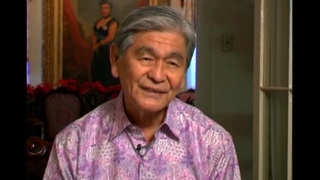
Teacher who helped with lisp
(b.1926) Democratic politician and three-term Governor of Hawai'i
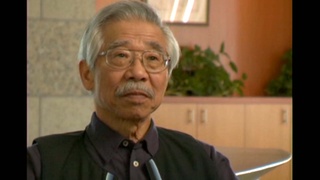
Little interaction with parents
(1926 - 2012) Scholar and professor of anthropology. Leader in the establishment of ethnic studies as an academic discipline

Politics in ethnic studies
(1926 - 2012) Scholar and professor of anthropology. Leader in the establishment of ethnic studies as an academic discipline

Center for Japanese American Studies in community
(1926 - 2012) Scholar and professor of anthropology. Leader in the establishment of ethnic studies as an academic discipline

Involvement with ethnic studies
(1926 - 2012) Scholar and professor of anthropology. Leader in the establishment of ethnic studies as an academic discipline

Testing assumptions of Japanese scholars
(1926 - 2012) Scholar and professor of anthropology. Leader in the establishment of ethnic studies as an academic discipline
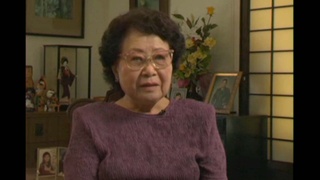
Kids working hard
An expert researcher and scholar on Japanese immigrant clothing.

First day of school
An expert researcher and scholar on Japanese immigrant clothing.
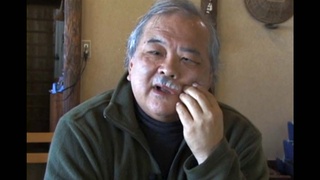
Grandmother's influence on decision to go to Japan
(b.1942) Japanese American ceramist, who has lived in Japan for over 30 years.

Training for football by carrying 100-lb bags of grass over mountains
(b.1925) Nisei of Okinawan descent. Had a 38-year career in Japan as a baseball player, coach, scout, and manager.
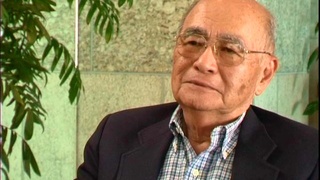
Teaching at the military language school during World War II
(b. 1924) Political scientist, educator, and administrator from Hawai`i

Lesson learned from community college faculty
(b. 1924) Political scientist, educator, and administrator from Hawai`i

Rewards of teaching
(b. 1924) Political scientist, educator, and administrator from Hawai`i
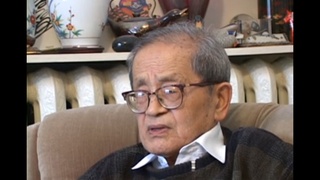
Japanese school
(b.1924) Japanese Canadian Nisei. Interpreter for British Army in Japan after WWII. Active in Japanese Canadian community
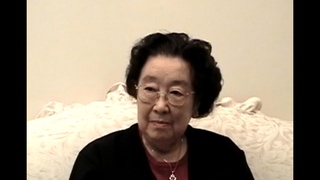
Strict school policy of separating boys and girls in Japan
(b.1920) Japanese Canadian Nisei. Established the Ikenobo Ikebana Society of Toronto
